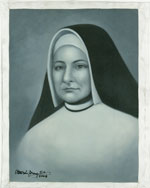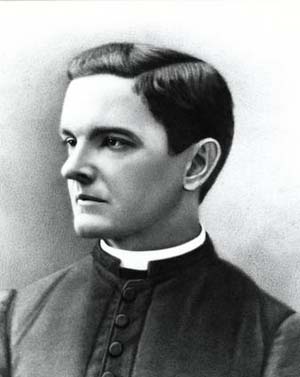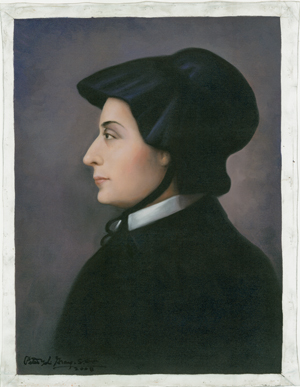
Our History
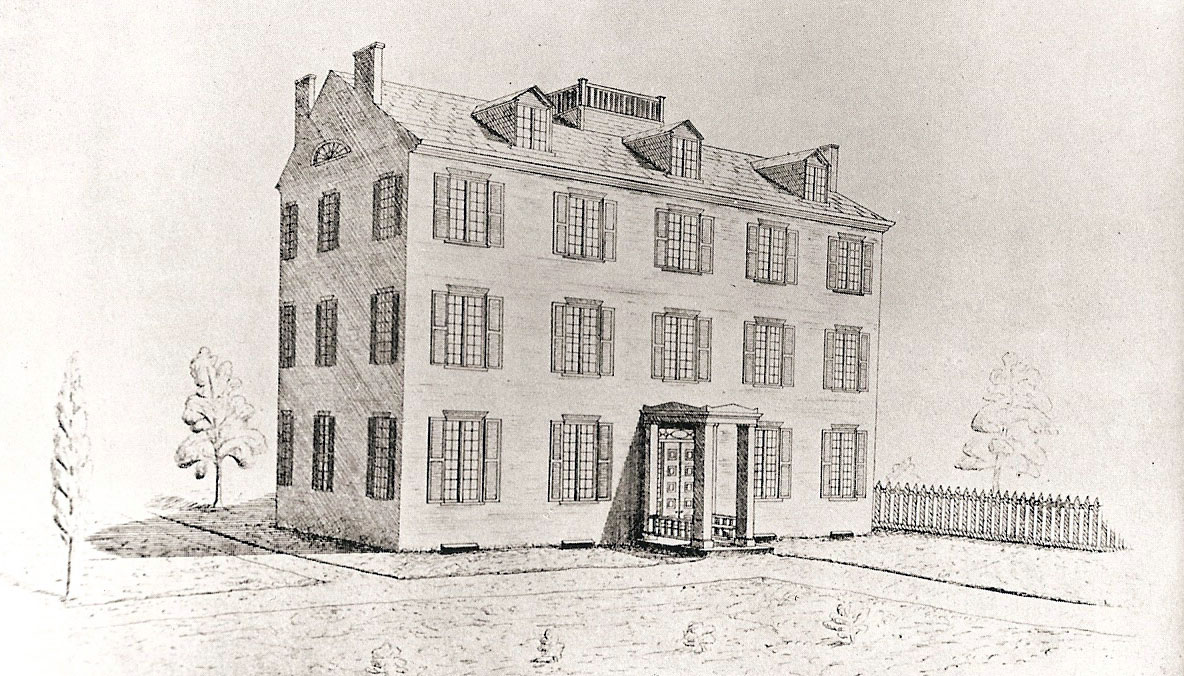
One Mile Tavern
The Rich History
In 1790, Bishop John Carroll invited the Society of St. Sulpice to come to the city of Baltimore and found the nation’s first Roman Catholic Seminary. The invitation was accepted, and in 1791 Sulpician Father François Charles Nagot, P.S.S., led the first band of Sulpicians from France to America, founding St. Mary’s Seminary. Fr. Nagot served as superior of the site until 1810. Fr. Nagot is buried in the Historic Seminary Chapel. The site served as home to the seminary from 1791 until 1969 when the seminary program was moved to its present location at St. Mary’s Seminary & University, 5400 Roland Avenue, Baltimore. The Sulpician Fathers gifted the majority of the seminary campus on Paca Street to the City of Baltimore for a public park. St. Mary’s Park is now enjoyed as the centerpiece of the Seton Hill neighborhood.
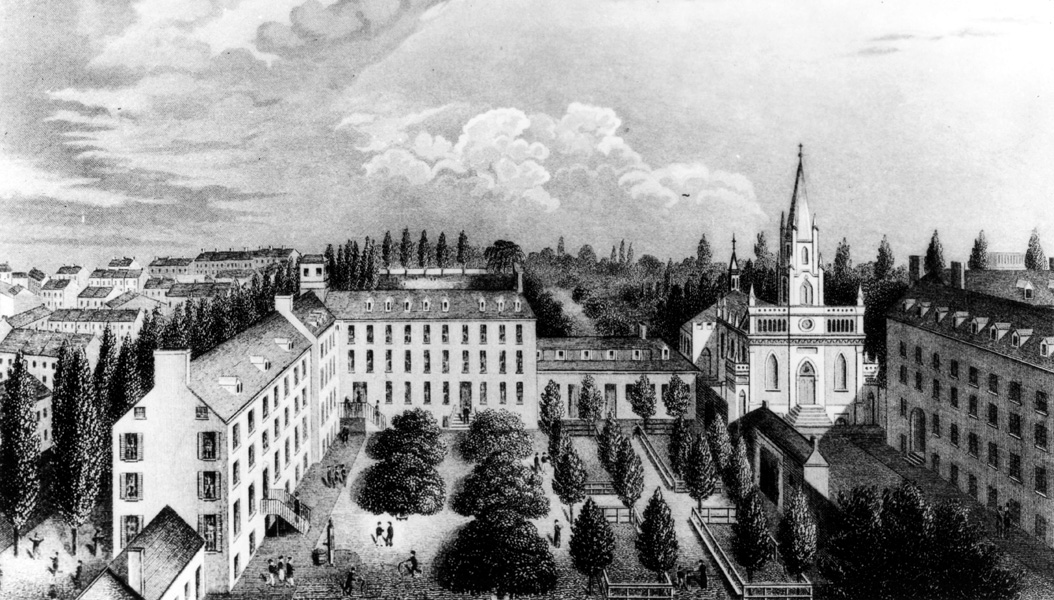
St. Mary’s Seminary and College
More Than 230 Years of History
With over 200 years of history, the site served as the spiritual home for many of the early leaders of the Catholic Church in the United States. Among those who were part of the seminary community are:
Archbishop Ambrose Marechal, P.S.S., the third Archbishop of Baltimore; Fr. Gabriel Richard, P.S.S., the “second founder of the city of Detroit,” a founder of the University of Michigan, and first Catholic priest to serve as a member of the U.S. Congress; Blessed Fr. Michael J. McGivney, a priest of the Diocese of Hartford, Connecticut, and founder of the Knights of Columbus; and Fr. Demetrius Gallitzin, a Russian prince who completed his seminary education on this site and is now known as the “Apostle to the Alleghenies.”
The Sulpician Fathers extended hospitality to the larger Catholic community of Baltimore as well. This is especially true for the three congregations of women religious whose founders established the site as their spiritual home as well. The best known of the three women is Elizabeth Bayley Seton, a wife, mother, widow, educator, convert, and the first U.S.-born saint. At the invitation of Bishop Carroll and with the urging of Sulpician Father Louis DuBourg, she moved to Baltimore and established a boarding school for girls and took her first vows in the seminary chapel. Later, Mother Seton was able to move her young community to Emmitsburg, Maryland, because of a substantial gift from Samuel Cooper, a theology student at St. Mary’s Seminary on Paca Street.
The lower chapel or “Chapelle Basse” was the birthplace for the first African-American Catholic faith community in 1796. With the encouragement of Sulpician Father James Hector Joubert, Mother Mary Elizabeth Lange, an immigrant from Cuba, founded the Oblate Sisters of Providence.
One of the initial band of sisters in Mother Lange’s young community, Sister Theresa Maxis Duchemin, left the community of Oblates and went on to found the Sisters, Servants of the Immaculate Heart of Mary in Michigan and in Pennsylvania.
Currently on the site we have two buildings that are listed as National Historic Landmarks: the Historical Seminary Chapel and the Mother Seton House. The chapel was designed by the renowned French-born architect Maximilian Godefroy. The architect was a friend of Benjamin Henry Latrobe, a man often referred to as “America’s first architect” for his design of several iconic buildings in the nation’s capital. It is likewise believed that the Mother Seton House was designed by Godefroy, who served on the faculty of St. Mary’s College. The Mother Seton House served as home, boarding school, and seedbed for the dreams and inspiration of St. Elizabeth Ann Seton, prior to her establishing her young community in St. Joseph’s Valley, now known as Emmitsburg.
The Promising Future:
A seedbed for spiritual growth and renewal
The Spiritual Center
The site at 600 North Paca continues to serve the spiritual needs of many through the work of St. Mary’s Spiritual Center. The Spiritual Center is housed in a three-story, Federal-style building which once served as the convent for the Sisters of Divine Providence, who worked at the seminary. Now it houses the office for the site, as well as serves as the residence for the Sulpician Father working as director of the site.
As in 1791 the site continues its rich tradition of ongoing spiritual and intellectual growth and development. The staff at the St. Mary’s Spiritual Center offers individual spiritual direction as well as numerous workshops for parishes, diocesan groups, and others. The center continues to offer Sulpician hospitality by hosting groups from other religious traditions who wish to make use of the spiritual center, its resources, and the beautiful grounds.



